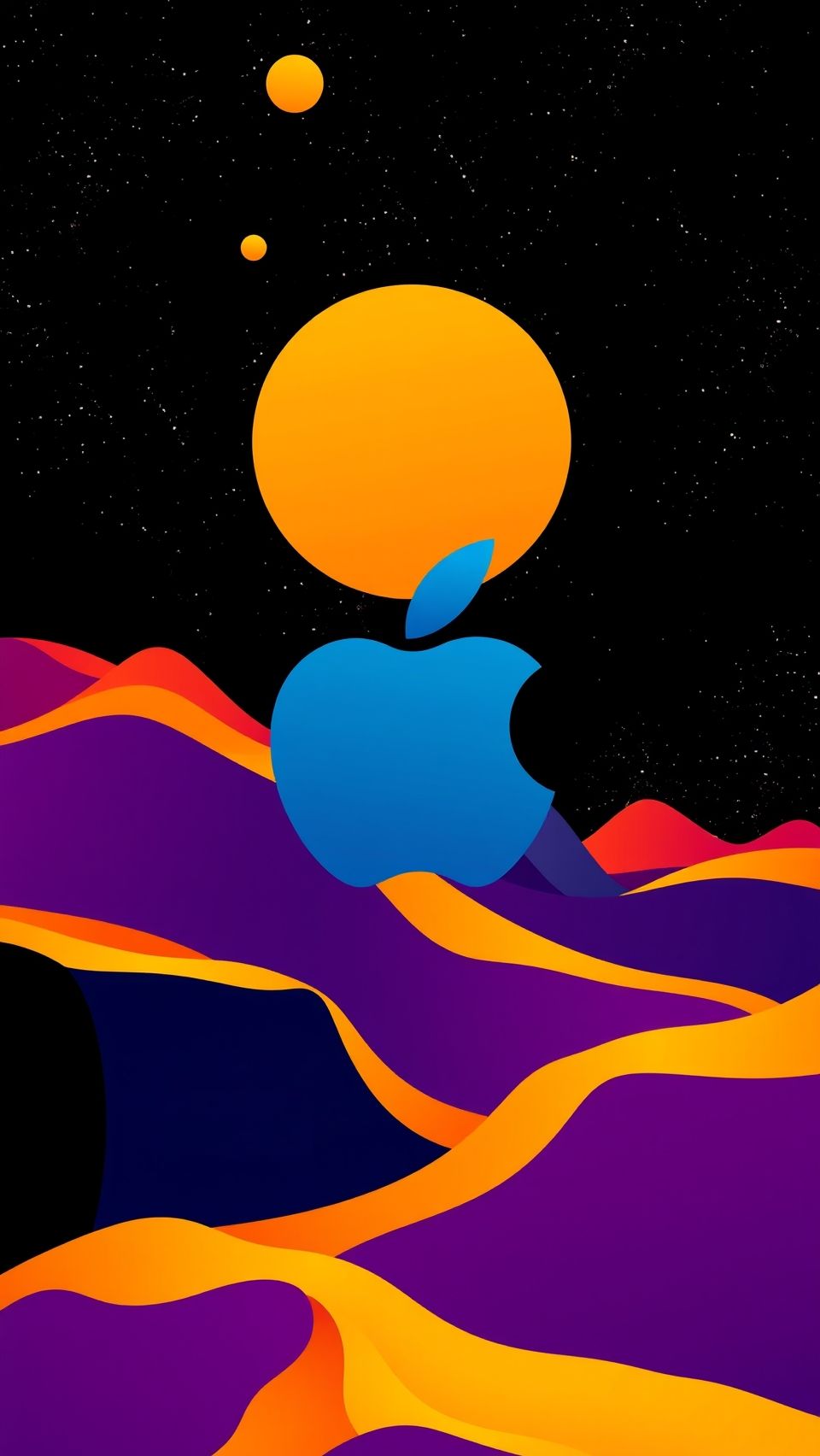Ai-Driven Shield: Picogrid Teams Up With Northrop Grumman To Unveil Revolutionary Air Defense System
Collaboration to Modernize U.S. Air Defense: Picogrid Partners with Northrop Grumman
The U.S. …
12. August 2025

The world is grappling with the challenges of climate change, placing tech giants like Apple under increasing scrutiny for their environmental impact. The company’s ambitious goal to achieve carbon neutrality by 2030 has sparked both praise and concern among sustainability experts and consumers alike. At the heart of Apple’s strategy is a focus on reducing the environmental footprint of its products throughout their entire life cycle.
From the raw materials used in manufacturing to the carbon emissions generated by transportation, charging, and consumer usage, every aspect of an iPhone’s lifecycle contributes to the company’s overall environmental impact. By setting ambitious targets for recycling and renewable materials, Apple has made significant progress in recent years. For example, compared to the iPhone 11 Pro, released in September 2019, the iPhone 16 Pro boasts a substantial increase in recycled and renewable materials – over 25% of the entire phone.
This represents a notable achievement, especially when considering that just five years ago, this metric was nowhere near as impressive. However, it’s essential to note that while progress has been made, there is still much work to be done. One area where Apple’s efforts have shown promise is in its Supplier Clean Energy Program. By partnering with suppliers to invest in renewable energy sources, the company has successfully reduced greenhouse gas emissions associated with manufacturing and supply chains.
This initiative demonstrates Apple’s commitment to sustainability, but it is essential to consider the broader context of climate goals. In 2020, Apple set a bold goal to achieve carbon neutrality by 2030, which sparked both excitement and skepticism among industry observers. The company’s initial progress, as demonstrated by the iPhone 12 Pro and subsequent models, suggested that it was on track to meet its target.
However, a closer examination of the data reveals a more complex picture. Per-phone emissions for the iPhone 12 Pro were 82 kilograms CO2E (carbon dioxide equivalent), with the iPhone 13 Pro seeing a decrease to 69 kilograms. This represents a notable reduction in greenhouse gas emissions, which Apple attributes to its Supplier Clean Energy Program.
Nevertheless, progress slowed significantly with the introduction of the iPhone 15 Pro, which saw an increase in emissions. The release of the iPhone 16 Pro in September 2024 raised eyebrows among sustainability experts, who noticed that despite significant advancements in recycled materials, the device’s overall emissions remained largely unchanged compared to its predecessor.
This relative stagnation raises questions about Apple’s ability to sustain momentum and meet its ambitious climate goals. While it is essential to acknowledge Apple’s progress, particularly regarding recycled materials, it is equally important to consider the broader industry context. Other tech giants, such as Google, Microsoft, and Amazon, have faced criticism for their environmental impact, which has only worsened over time.
For instance, Google’s total greenhouse gas emissions increased by an astonishing 48% between 2019 and 2023, largely due to its energy-intensive AI data centers. Last year, the company dropped its carbon neutrality pledge, despite still claiming to aim for net-zero emissions by 2030. Similarly, Microsoft reported a 23% increase in total emissions from 2020 to 2024, which it attributed to growth in AI and cloud expansion.
Meanwhile, Amazon’s shipping and delivery emissions continue to rise, posing significant environmental concerns. In contrast, Samsung has been criticized for falling behind its more modest net-zero ambitions. As these tech giants navigate the complexities of climate change, their sustainability strategies will be crucial in determining the future of our planet.
In examining Apple’s progress, setbacks, and broader industry context, we can gain a deeper understanding of the role that technology plays in shaping our environmental landscape. By prioritizing transparency, accountability, and continuous improvement in their sustainability efforts, companies like Apple can help drive meaningful change.
Fairphone, a relatively new player in the market, demonstrated with its Fairphone 5, which achieved life cycle emissions of just 42 kilograms, shows that innovation and commitment to sustainability are possible. It remains to be seen whether Apple’s continued focus on AI will allow it to reclaim the momentum and achieve its climate goals.
The industry must continue to push for more sustainable practices, including reduced energy consumption, increased recycling rates, and a shift towards renewable energy sources. As consumers become increasingly environmentally conscious, they will hold companies accountable for their sustainability efforts, driving demand for more eco-friendly products and services.
Ultimately, Apple’s climate goals represent a vital step toward a more sustainable future, but it is equally essential to acknowledge the challenges and complexities involved. By prioritizing transparency, accountability, and continuous improvement, companies like Apple can help drive meaningful change and create a more environmentally conscious industry.